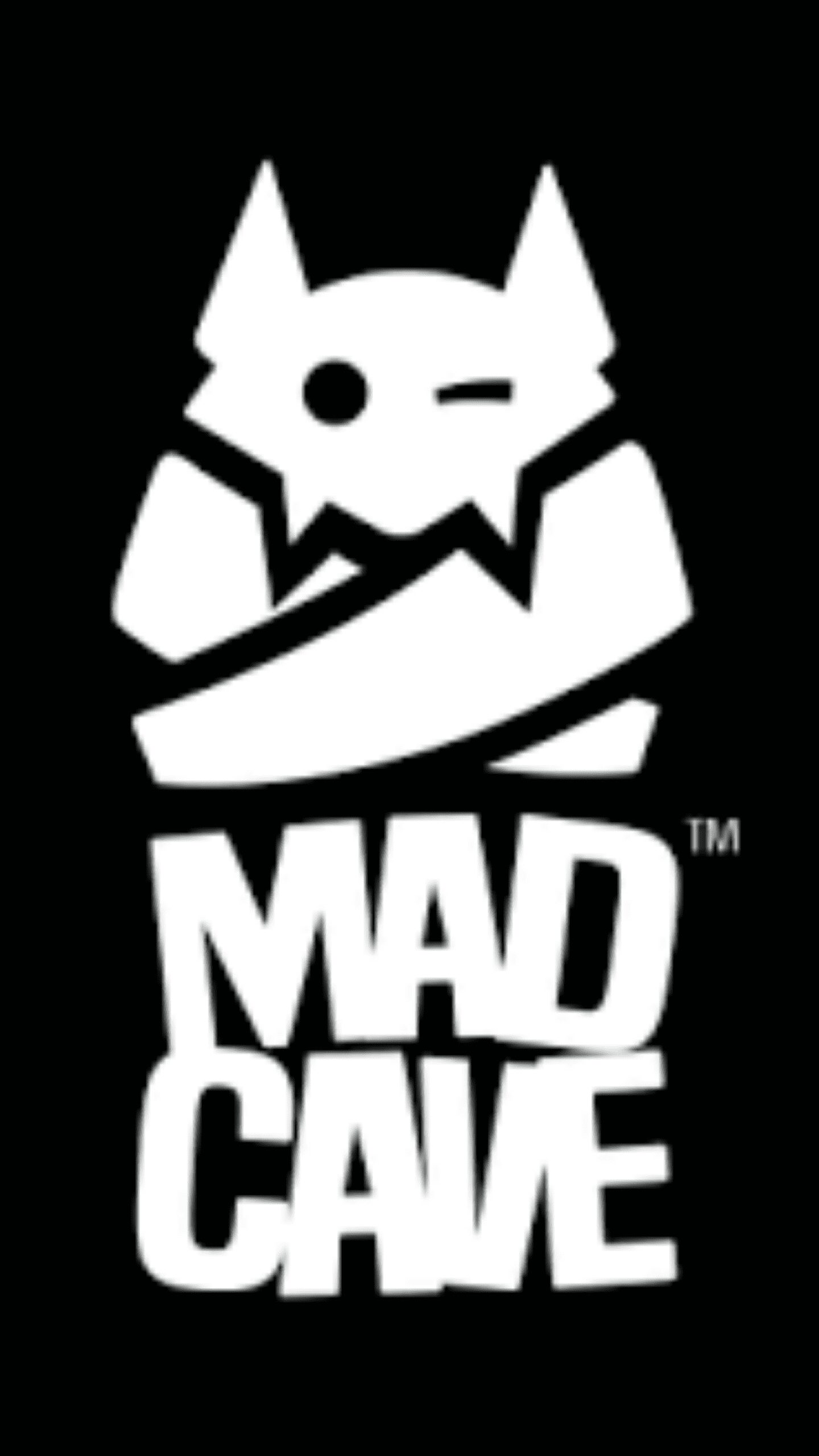Justice League Dark #2
DC Comics
Words by: James Tynion IV
Art by: Alvaro Martinez Bueno
Colors by: Brad Anderson
Letter by: Rob Leigh
Why is there so much hate for Wonder Woman being associated with the mystical arts of the DC universe? Considering her multiple origin stories and with the most recent one dripping in Greek mythology, you’d think she would be welcomed in with no hesitation. That’s not the case and this issue reinforces the disdain that the magic users have for her.
With the battle of the dead, magic users leaving more questions and needing more answers, we keep asking who can help solve this. Zatanna and Swamp Thing finally agree to join with Wonder Woman to figure out why magic is dying. They go to Dr. Fate to see if he can help out with finding out who The Outsiders are. They know that NABU can help since he is one of the ancient magical users.
James Tynion IV keeps the story simple and follows the structure set up by Scott Snyder in No Justice. This helps keep the story on track since most books dealing with magic tend to jump all over the place and confuse the readers.
Alvaro Martinez Bueno’s art is strong as he is able to handle all different type of settings. This is evident when they visit the Tower Fate and all hell breaks loose. Even then Alvaro handles it with great detail.
The biggest downside so far in this issue is how repetitive the panels are. At first, it wasn’t noticeable but as the stories progress, it becomes more evident. This repetitive panel structure made the story drag and became boring even with all the action sequences. This was evident during my first read, but on the second time, it was very evident that James and Alvaro started cutting corners on changing things up.
Justice League Dark #2’s story is good with great art, but the repetitive panels distract and hinder the growth of the story.

